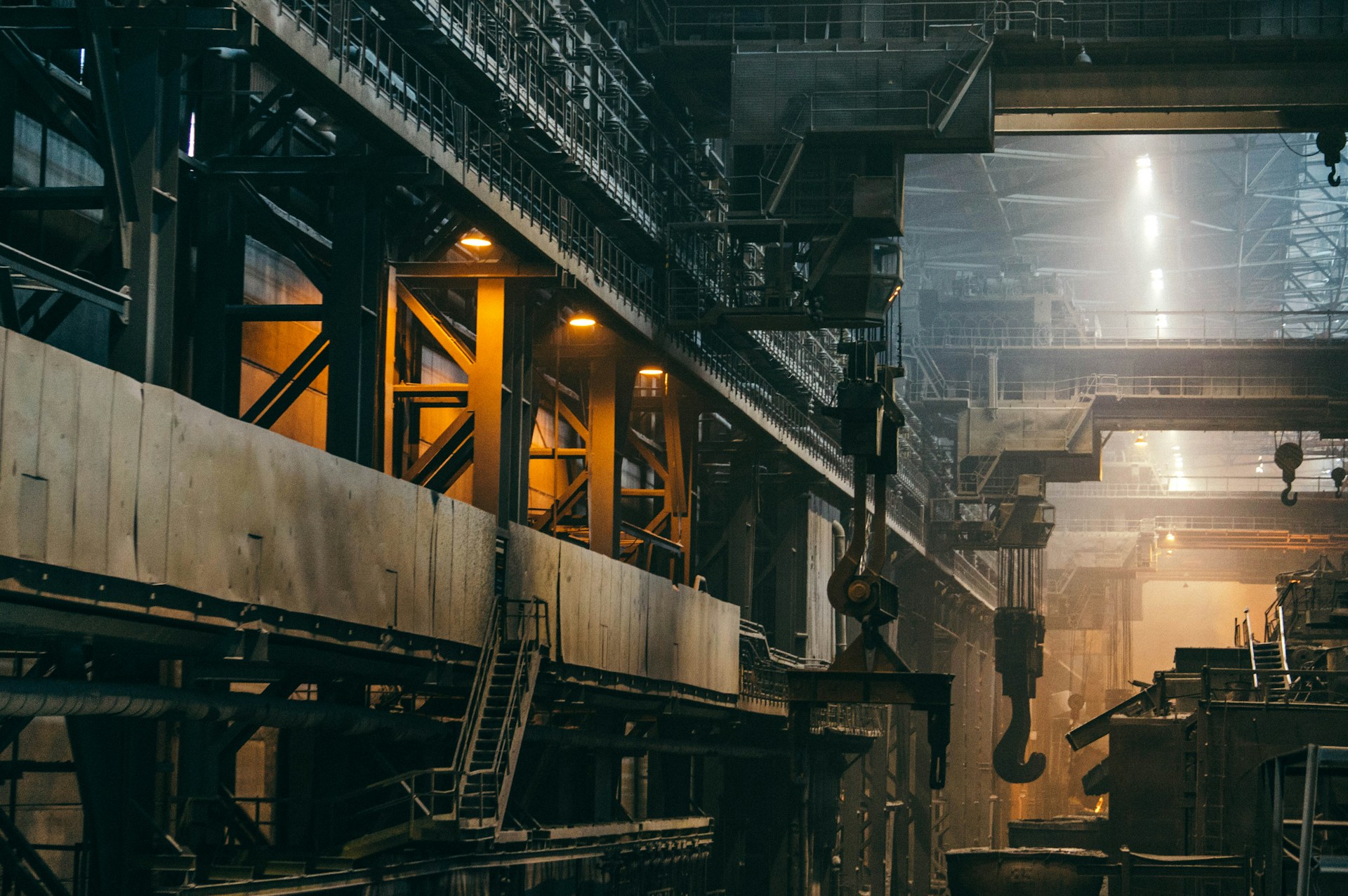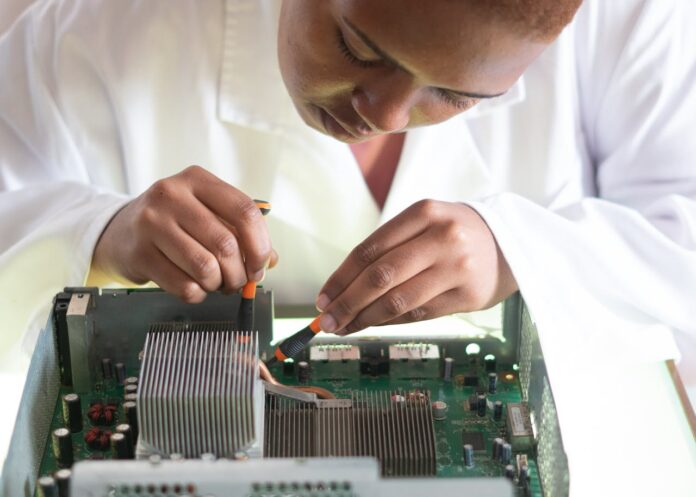When it comes to scientific and industrial research, cryostats stand as indispensable tools, facilitating experiments and applications that require ultra-low temperatures. From fundamental physics research to medical imaging and space exploration, cryostat technology plays a pivotal role. This exploration delves into the intricate principles governing cryostats, the meticulous design considerations shaping their construction, and the vast array of applications that make them indispensable in the realm of low-temperature science.
Principles of Cryostat Technology
At the heart of cryostat technology lies the fundamental principle of achieving and maintaining extremely low temperatures. If you want to delve deeper into these principles you can check relevant literature for more information, such as blog posts, books, and research papers. However, it is important to know how cryostats operate, so here are some basic thermodynamic principles of heat transfer, insulation, and temperature regulation.
1. Heat Transfer Mechanisms
Cryostats employ various heat transfer mechanisms, including conduction, convection, and radiation, to achieve and maintain low temperatures. Efficient insulation and thermal management are crucial in minimizing heat ingress and maintaining a stable low-temperature environment.
2. Cooling Methods
The choice of cooling methods depends on the desired temperature range and application. Cryostats may use cryogenic liquids, such as liquid nitrogen or helium, as cooling agents. Alternatively, mechanical refrigeration systems can be employed for higher temperature ranges. Understanding the specific cooling requirements is essential for selecting the appropriate cryostat design.
Design Considerations in Cryostat Construction
The design of a cryostat is a delicate balance of factors, considering both the desired operating temperature and the specific application requirements.
The choice of materials is critical in cryostat design. Materials must have low thermal conductivity to minimize heat transfer into the low-temperature environment. Additionally, materials should withstand the mechanical stress induced by thermal contraction and expansion.
Effective insulation is also paramount in cryostat design. Multilayered insulation systems, incorporating reflective and low-conductance materials, are commonly employed to reduce heat ingress. Advances in insulation technologies continue to enhance the overall efficiency of cryostat systems.
Keep in mind that cryostats often operate in a vacuum to eliminate convective heat transfer. Achieving and maintaining a high-quality vacuum is essential for minimizing heat conduction and radiation. Cryopumps or turbo-molecular pumps are commonly used to achieve and maintain the required vacuum levels.
Applications of Cryostat Technology
The versatility of cryostat technology is reflected in its diverse range of applications across various scientific and industrial fields.
1. Scientific Research
Cryostats are integral to scientific research, particularly in fields such as condensed matter physics and materials science. They enable researchers to study phenomena at extremely low temperatures, unlocking insights into quantum mechanics, superconductivity, and other fundamental aspects of matter.
2. Medical Imaging
In the field of medical imaging, cryostats are employed in magnetic resonance imaging (MRI) machines. The superconducting magnets within MRI machines require cryostat technology to maintain the low temperatures necessary for their operation, ensuring precise and high-quality imaging.
3. Space Exploration
Cryostats play a crucial role in space exploration missions. Instruments on space telescopes and satellites often require cooling to extremely low temperatures for optimal performance. Cryostats enable the deployment of infrared detectors and other sensors in the harsh environment of outer space.
4. Superconducting Applications
Superconducting technologies, which exhibit zero electrical resistance at low temperatures, rely on cryostats for cooling. Applications include superconducting magnets in particle accelerators, magnetic levitation systems, and magnetic energy storage devices.

Future Trends and Innovations
As technological progress propels us forward, the domain of cryostat technology stands at the forefront of ongoing innovations and improvements. A compelling vision of the future unfolds with the development of compact and portable cryostats, representing a paradigm shift from their traditional bulky counterparts. This transformative trend not only enhances the mobility of cryostat systems but also broadens their applicability, enabling on-site experimentation and research in diverse environments. Simultaneously, the horizon of cryogenic insulation materials undergoes a revolution, marked by significant advancements. Novel materials such as aerogels and state-of-the-art vacuum-insulated panels redefine the thermal insulation landscape, promising heightened efficiency and expanded possibilities for cryostat applications. Moreover, the seamless integration of cryogenic technologies into the realm of quantum computing stands as a testament to the interdisciplinary nature of innovation, unlocking new dimensions in quantum computation by creating and maintaining the ultra-low temperatures essential for the delicate quantum states required. These emerging trends collectively showcase the dynamic evolution of cryostat technology, promising a future characterized by enhanced flexibility, efficiency, and groundbreaking applications across scientific and technological domains.
Cryostat technology serves as a testament to human ingenuity in harnessing the power of extreme cold for scientific discovery and technological innovation. From unraveling the mysteries of the quantum world to enabling cutting-edge medical imaging and space exploration, cryostats continue to push the boundaries of what is possible in low-temperature science. As research and application demands evolve, the ongoing development of cryostat technology promises to open new frontiers in our understanding of the universe and the development of transformative technologies. The journey into ultra-low temperatures is not only a scientific endeavor but a testament to humanity’s quest for knowledge and exploration.





